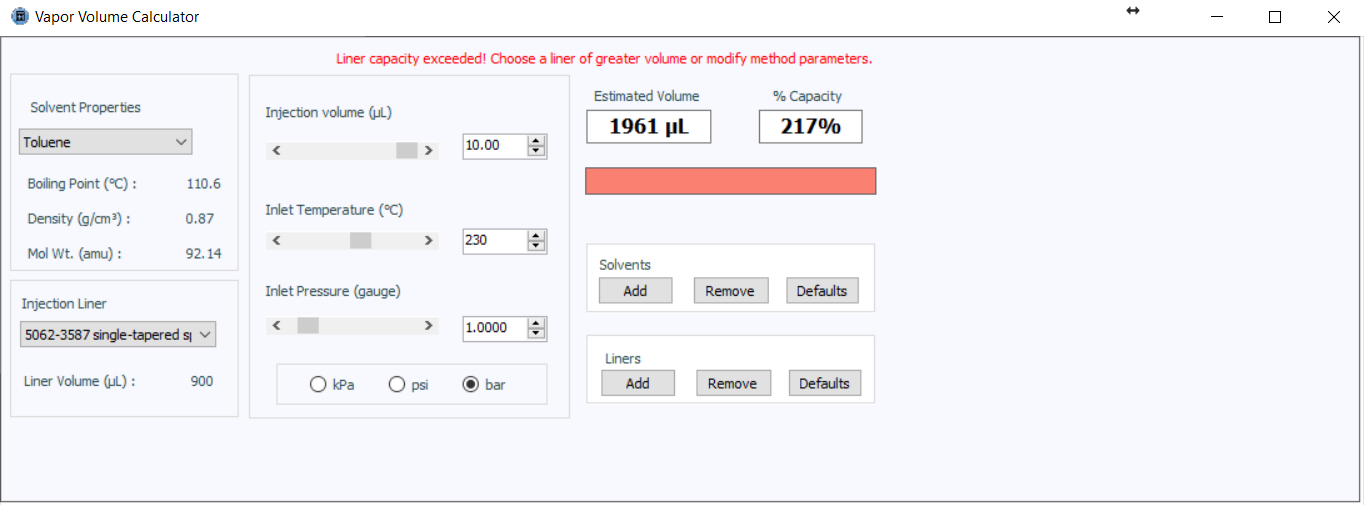Hello guys,
I use an online GC (7820a, with FID) to analyse the reactor exit gas continuously. The reactor is used for catalyst testing for dehydrogenation of Methylcyclohexane (1 mole) to Toluene (1 mole) and Hydrogen (3 mole). The reaction happens at 500C and 1 Bar absolute pressure. As you see, this is a mole changing reaction and depending up on the conversion the volumetric flow rate downstream of the reactor will vary.
After the reactor, the flow stream is split into exhaust (6 mm O.D tube with a Fine Dosing Valve to vent) and GC inlet line (3 mm O.D tube with manual Metering Valve). Sample injection in the GC done using a normal 6-port VALCO valve with a sample loop of 50 micro-litres. All flow streams after the reactor is heating to 230C and Valve box is also heating to 230C.
The problem I face right now is that, I see variation is peak area and analysis is not reproducible. This is mainly because of the variation in flow rates from the reactor exit to the sample loop in the GC, which in-turn vary the pressure inside the sample loop. According to simple gas law equation, n =p.V/R.T, lower pressure will also reduce the total number of moles injected from the sample loop.
Following are the solutions I thought about,
1. Shutting off the GC inlet line before Injection using an ON/OFF valve: Shutting off the GC inlet line just couple of seconds before the sample loop injection will allow the sample loop to equilibrate against the atmospheric pressure and attain sample volume injection. But for this to work seamlessly, the ON/OFF valve and GC injection trigger should some how be synchronised (A custom control box which triggers the ON/OFF valve to close and then after few seconds triggers the GC to inject). Seems like not an easy solution
2. Adding a 4-port valve before 6-port valve: I thought that the same shut-off of the GC inlet line can be designed by allowing the gas from the GC inlet to first go through a 4-port valve and then to 6-port sampling valve, so that 4-port valve can be turned ON few second before, cutting the sample flow to the sampling loop of the 6-port valve and thus allowing the sample to attain equilibrium, and then the 6-port can turn ON to inject position. After injection, the 4-port valve can be turned OFF again, allowing the sample to flow through the sample loop until it's time for next injection. So, I installed an old 4-port valve into my GC. However, in the EZChrome Elite software, I can only assign this new valve as "sampling valve" or "switching valve" or "OTHER" valve. Since, I cannot assign it as "sampling valve" (because, I already have 6-port valve for the sample injection), I assigned it as a "switching valve". Problem there was that I cannot give certain time (e.g. 0.1 min) for which it has to turn ON and then OFF before the 6-port valve injection. If I simply add the 4-port valve as a "switching valve", it just turns ON and stays ON through out the run and also for the rest of the sequence runs. Assigning it as "OTHER"valve also didn't work.
Did anyone of you guys faced the sample problem? is there any other solution for this?
Thank you in advance!
Kind regards,
Oshin.

